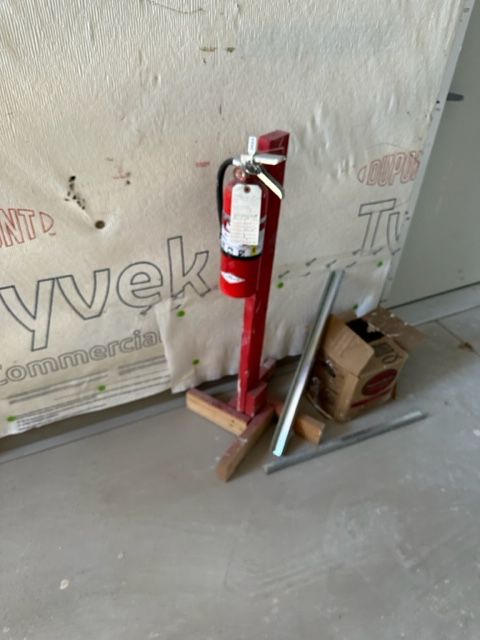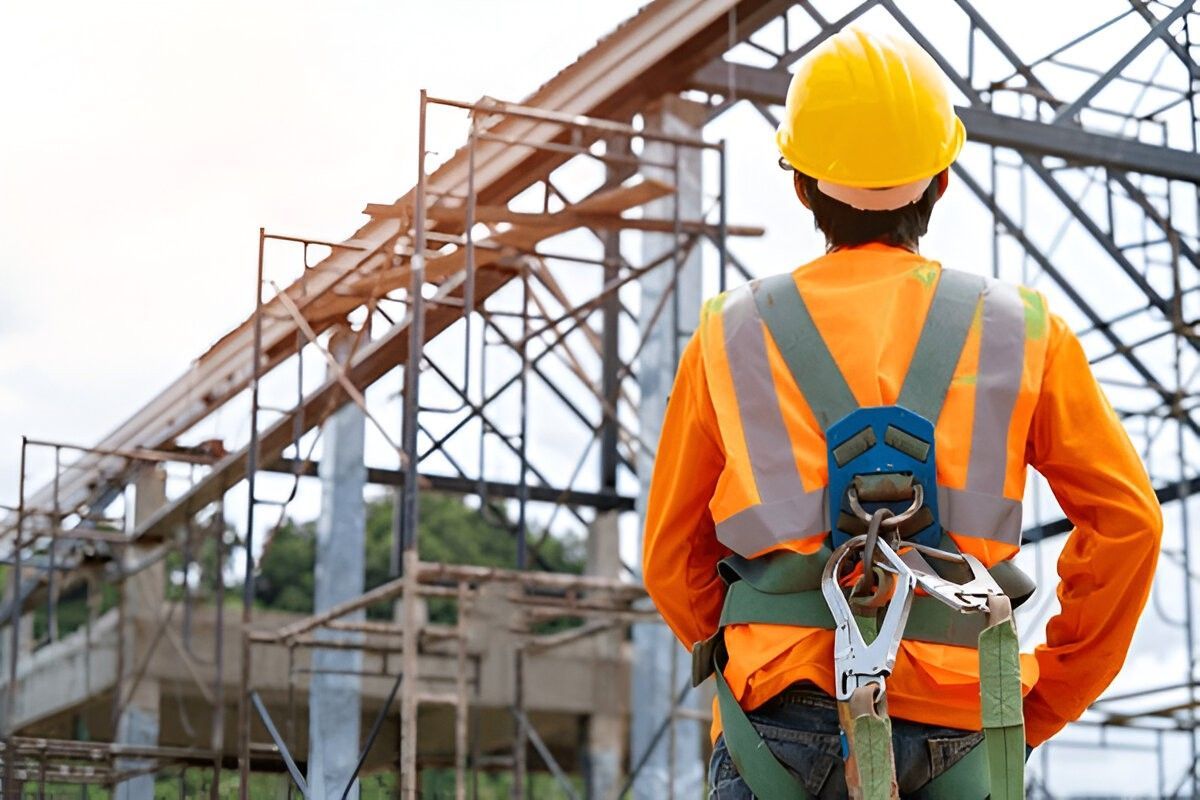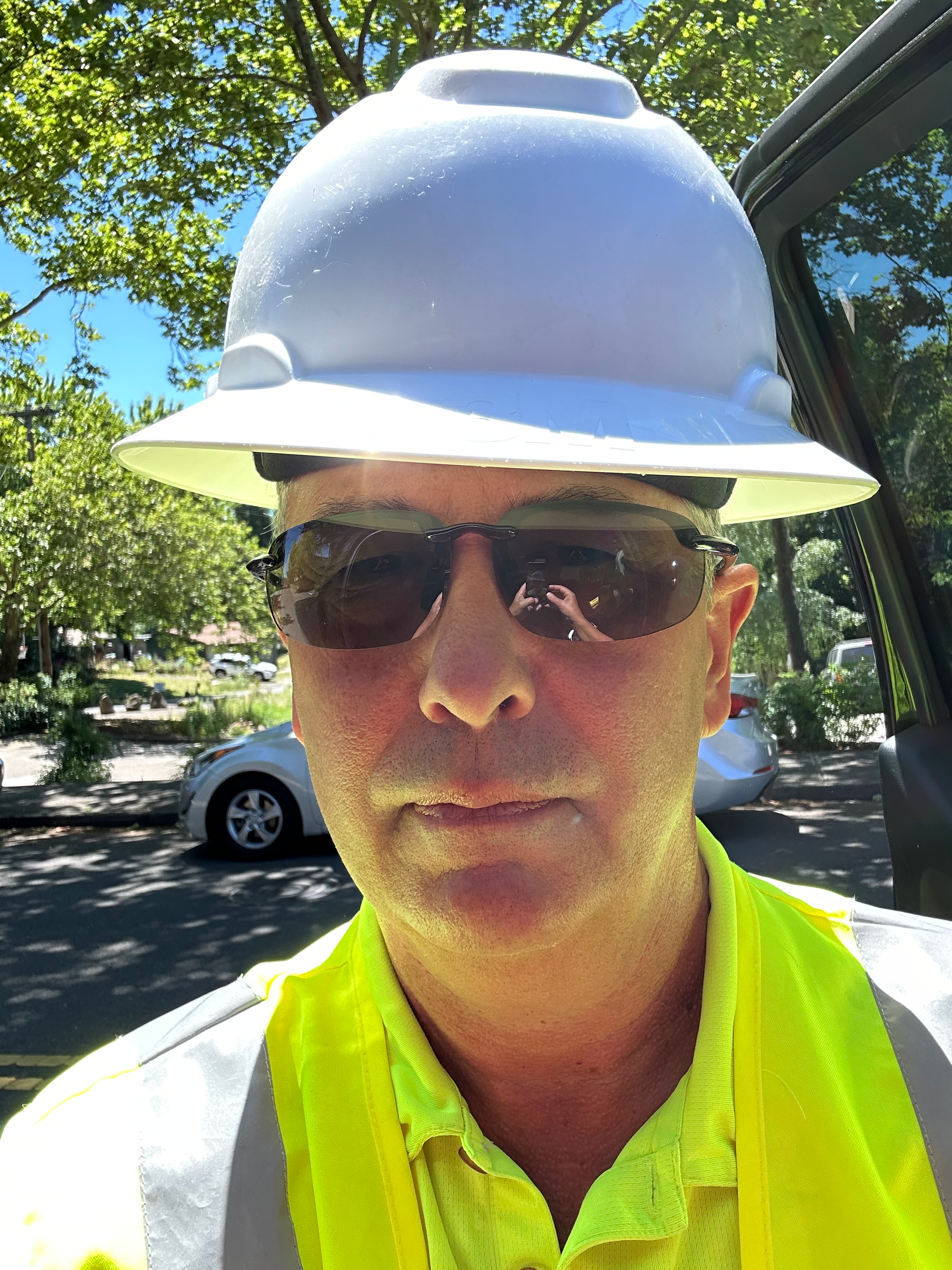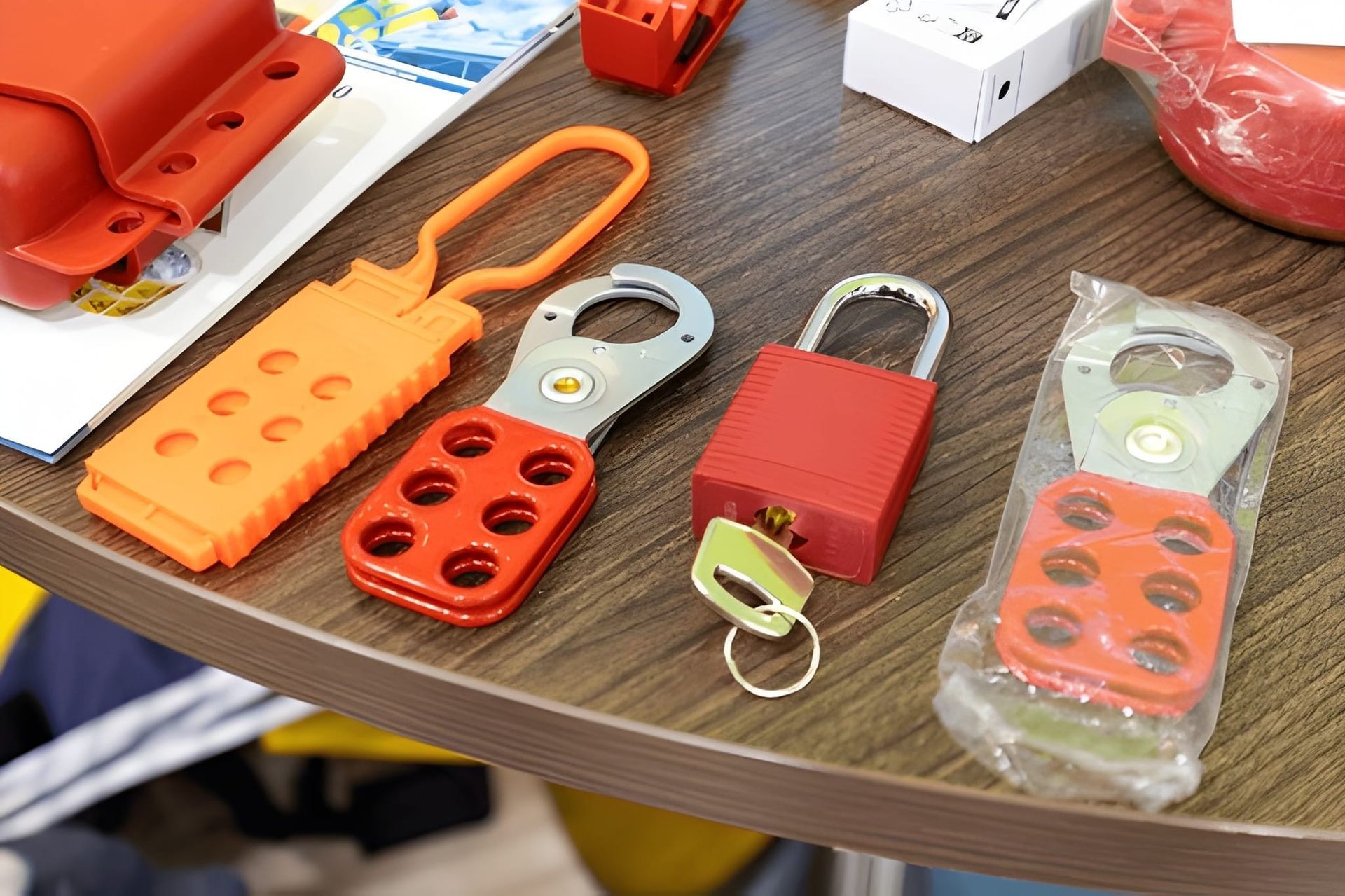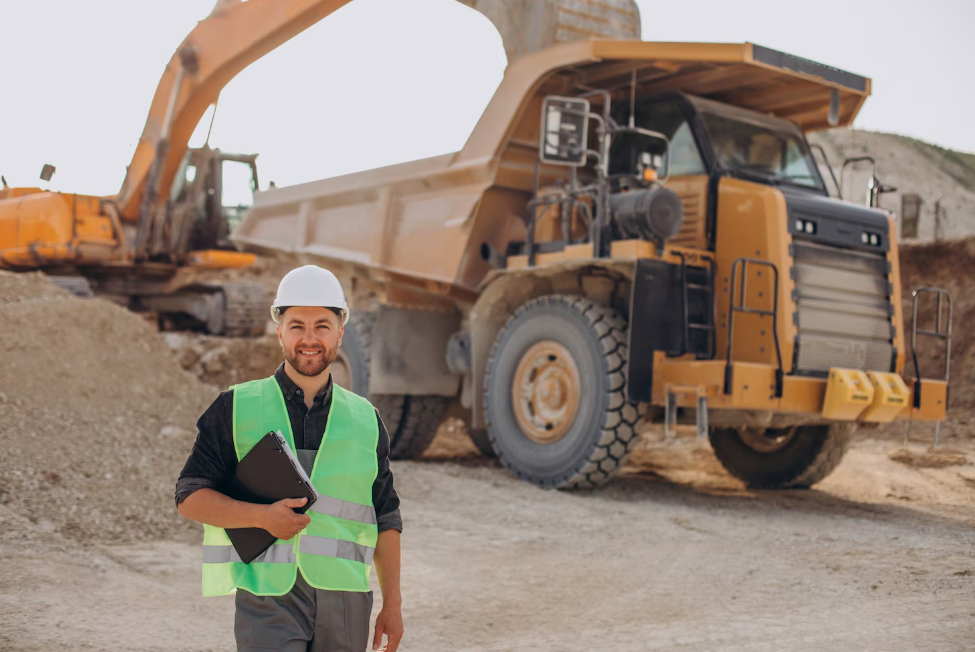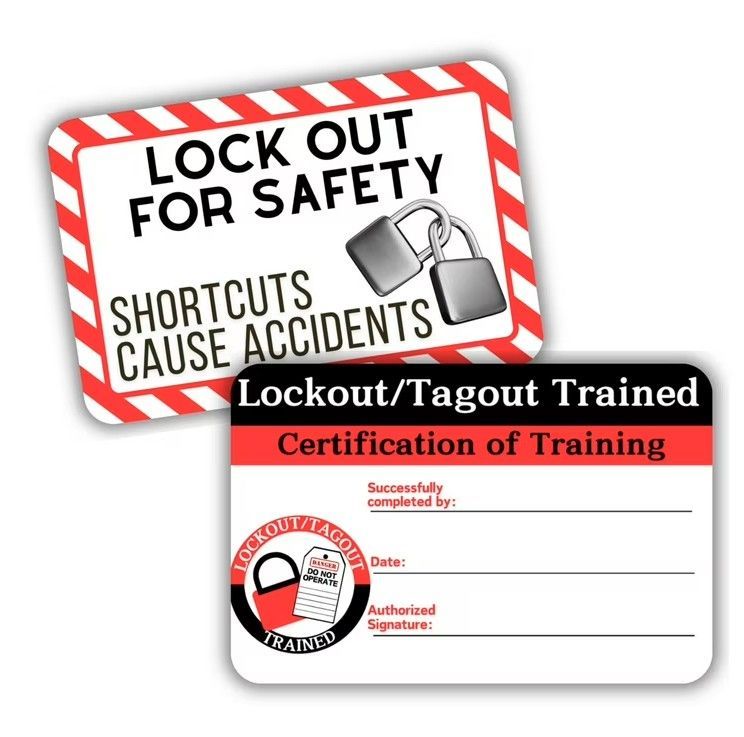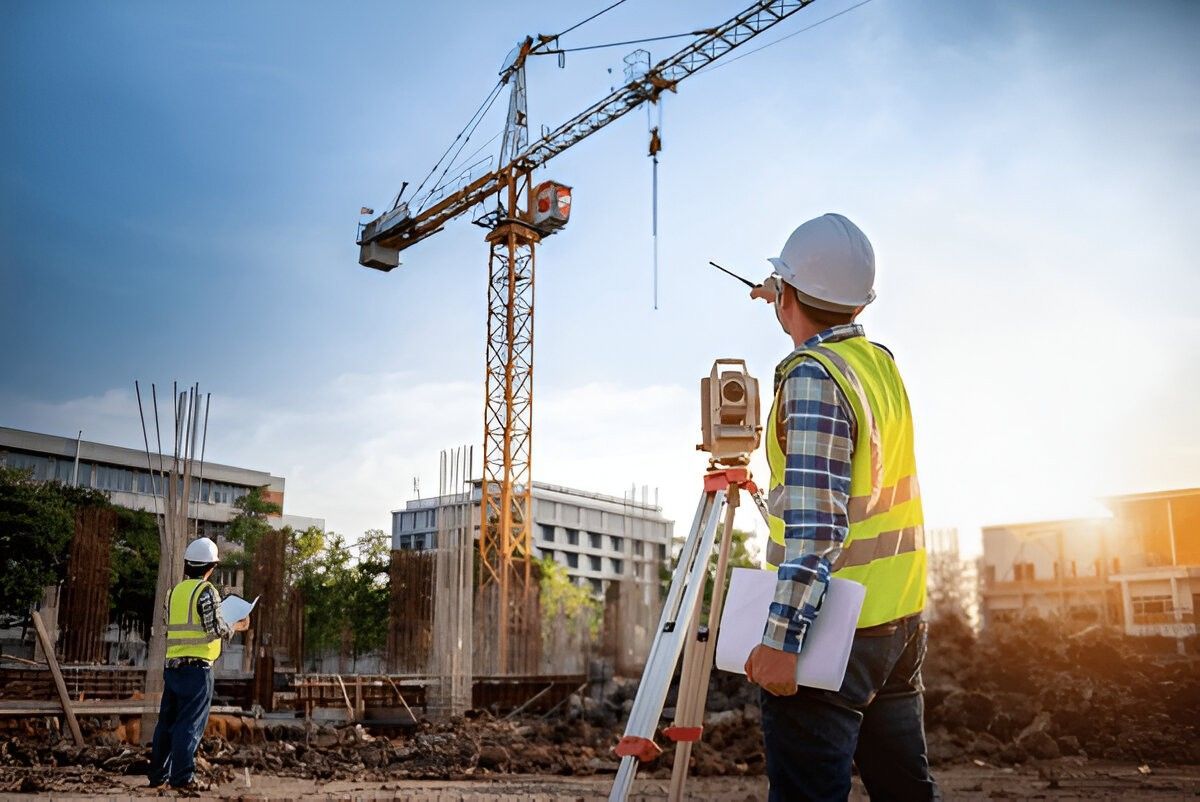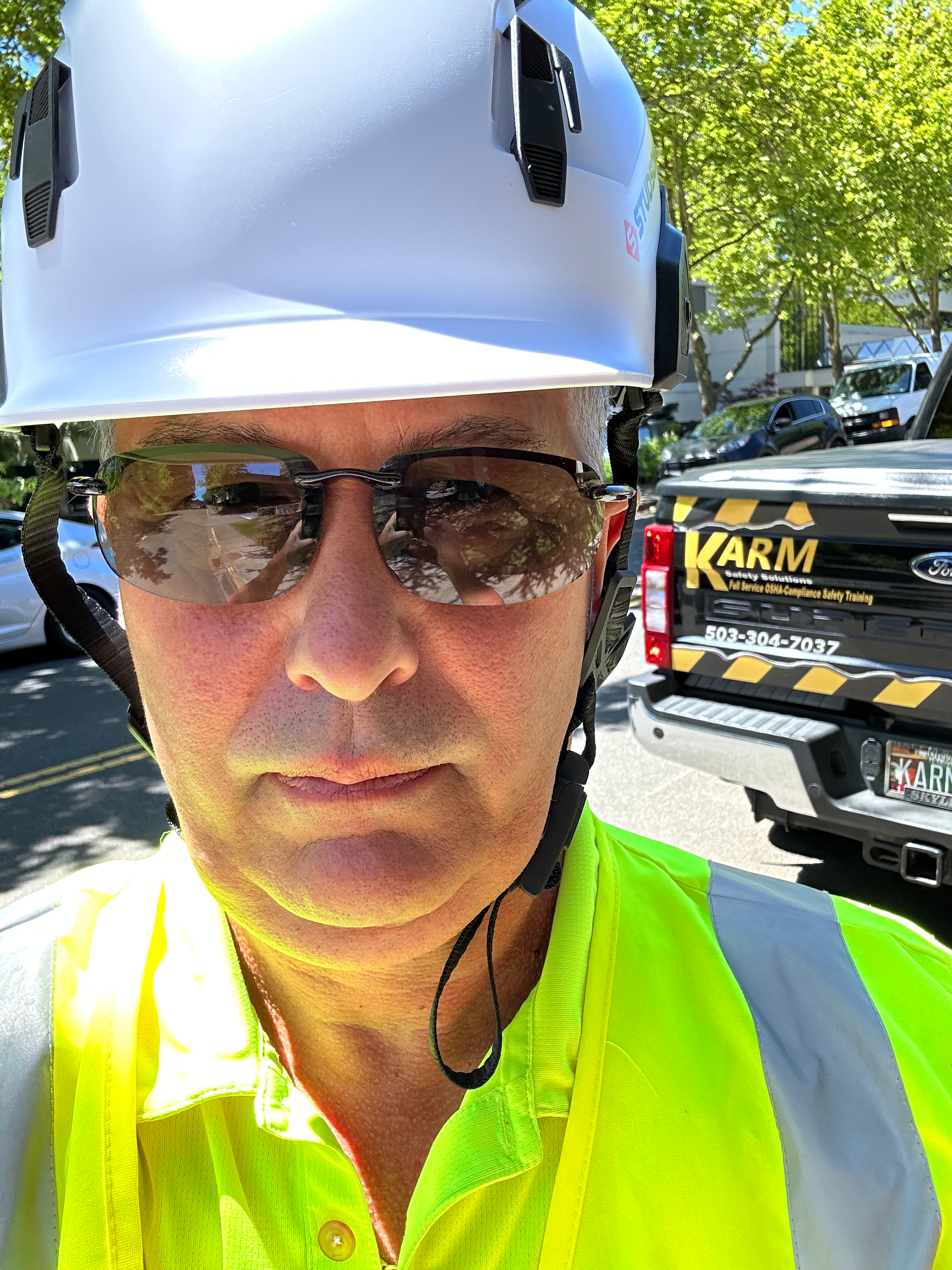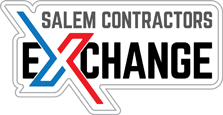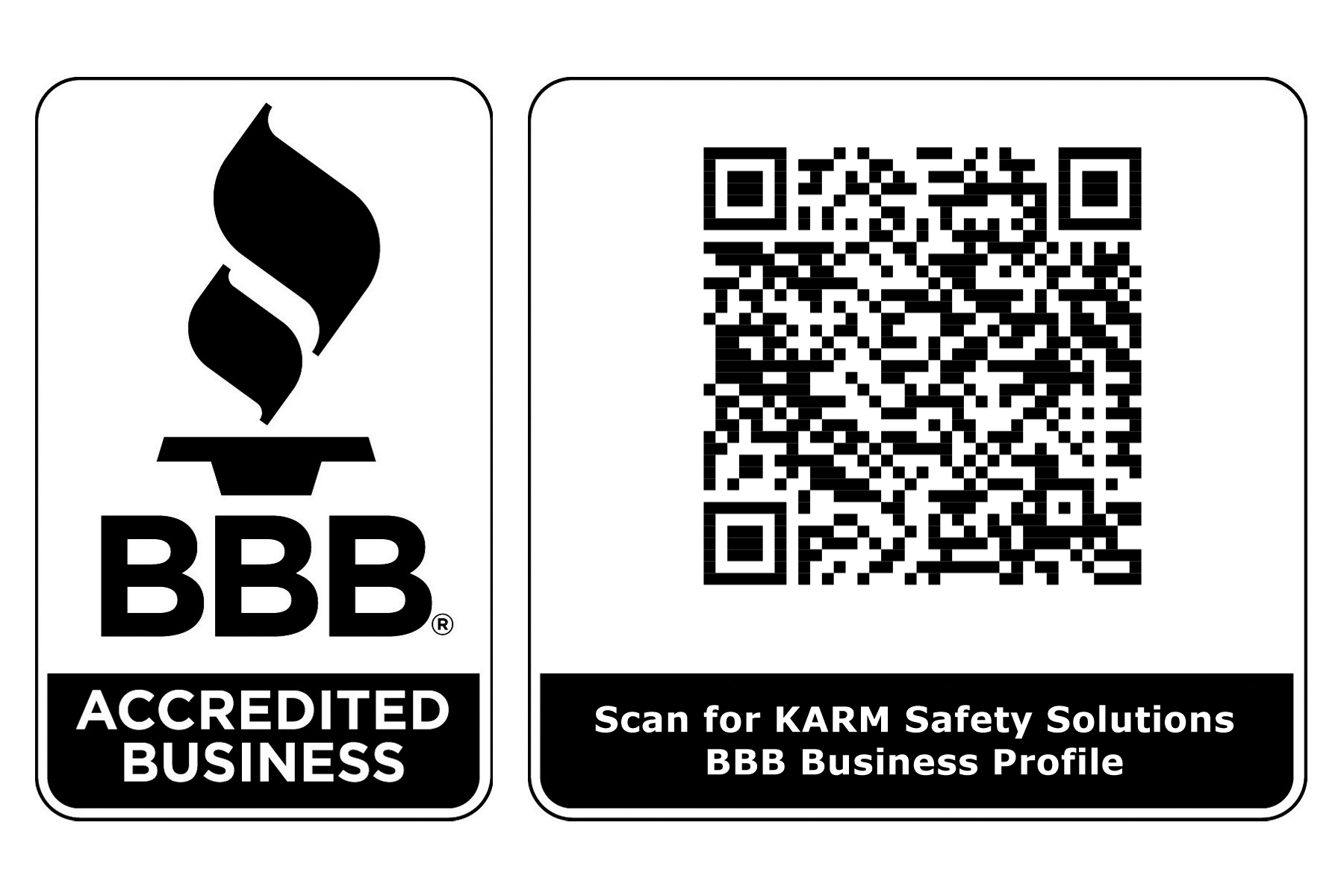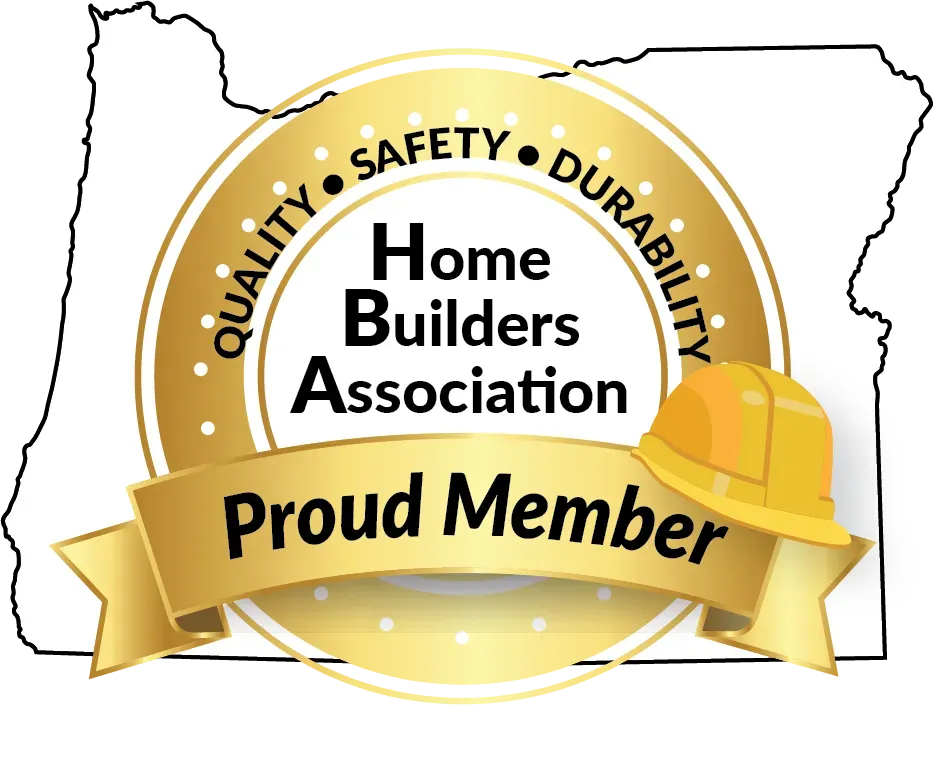KARM Safety Solutions Breaks Down Aerial Lift Training Certification Procedures
Step-by-step guidance on getting certified to operate aerial lifts safely and compliantly.
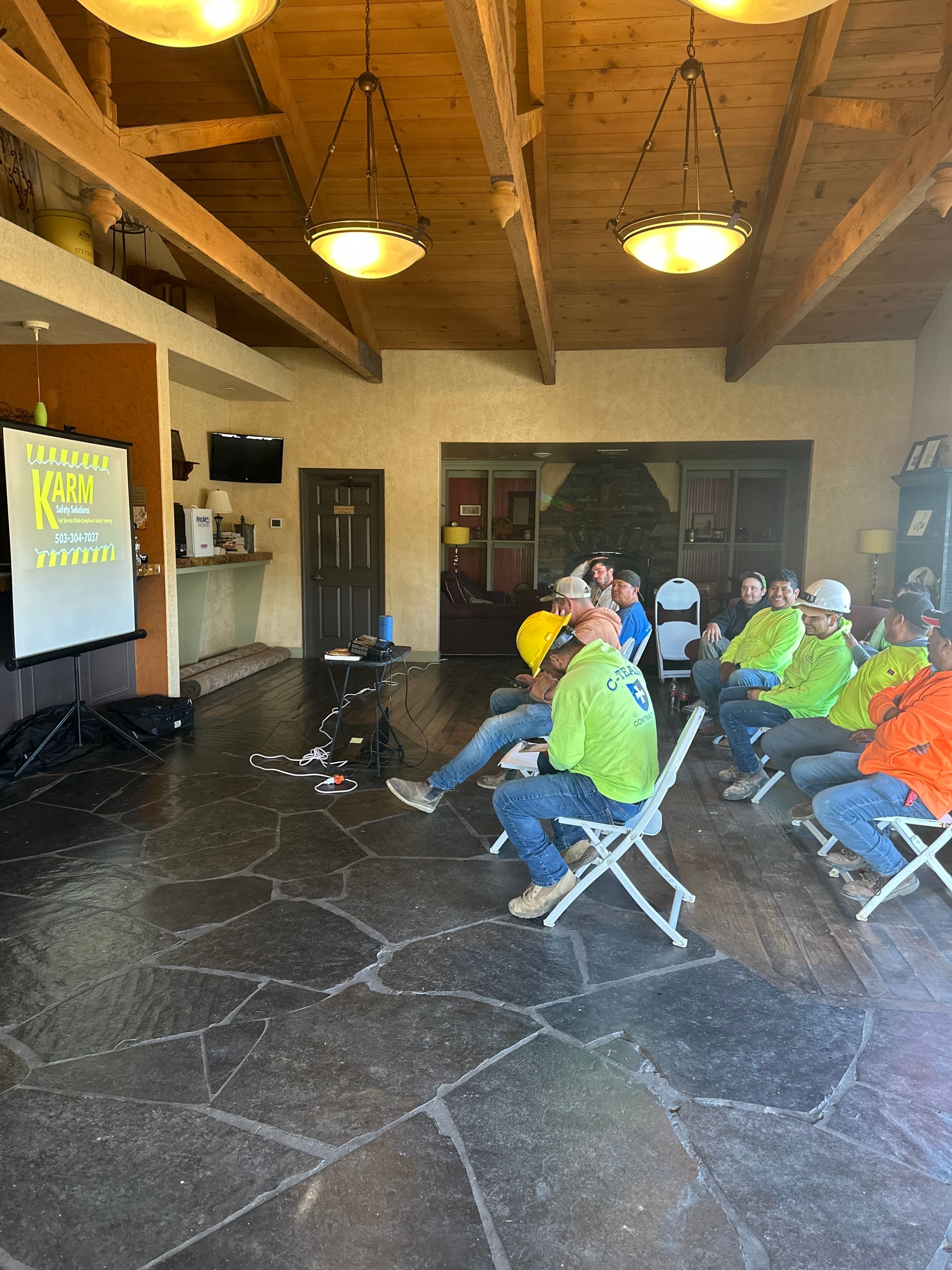
As industries continue to rely on elevated work platforms for construction, maintenance, and operational efficiency, KARM Safety Solutions has provided a clear and structured overview of the requirements for aerial lift training, helping organizations navigate complex safety standards and ensure regulatory compliance.
Understanding the Critical Role of Training in Elevated Work Environments
Work at height presents unique risks that demand structured safety training. The use of equipment like boom lifts and scissor lifts requires more than just technical handling; it involves awareness of hazards, emergency preparedness, and a strong understanding of operational limits. Certification in aerial lift operation is not just recommended; it is a requirement enforced by OSHA (Occupational Safety and Health Administration). Organizations must ensure that workers have both the knowledge and the practical skills to operate such machinery safely.
Our Certification That Meets Regulatory Expectations
Our training meets and exceeds OSHA and ANSI requirements, as we also cover what we see on job sites, as we do safety audits, talking to field employees to see what they would like added to the training for a better understanding, and also questions brought up during training by students.
Aerial lift training certificates are formal documentation that workers have completed safety and operational courses in line with OSHA and ANSI (American National Standards Institute) standards. These certifications are critical for legal compliance and risk mitigation on job sites. KARM Safety Solutions offers clarity on the steps required to obtain and renew these certifications, which must be maintained on a regular basis to remain valid. The renewal process ensures that operators remain informed about evolving safety practices and any revisions to existing regulations.
The Importance of MEWP Lift Training for Operators and Supervisors
Training for Mobile Elevating Work Platforms (MEWP) is required under ANSI standards A92.22 and A92.24. These standards highlight that both operators and their direct supervisors must complete safety training specific to the equipment in use. This includes recognizing environmental hazards, executing proper fall protection measures, and performing rescue procedures in case of an emergency. Compliance is not limited to those physically handling the equipment; it extends to those overseeing operations as well.
Breaking Down the Training Curriculum
Certification courses typically include a blend of classroom instruction and practical evaluation. Participants learn to perform equipment inspections, identify malfunctions, and navigate aerial platforms safely. Training modules often cover:
- Fall prevention, including how to use body harnesses properly
- Safe operating techniques, such as stable manoeuvring and load balancing
- Rescue protocols, detailing how to respond during an equipment failure or medical condition.
- Daily equipment inspections, identifying wear and tear before use. What are the main areas to monitor.
- Emergency response planning, focusing on fast, effective actions during incidents, includes a rescue plan template.
The aim is to ensure that all personnel understand not only how to operate aerial lifts but also how to do so in a way that minimizes the potential for accidents and injuries.
On-Site and Hands-On Instruction Enhances Learning
One distinguishing aspect of compliant training programs is their emphasis on practical application. While theoretical understanding is essential, the inclusion of hands-on instruction ensures that operators gain confidence and competence. KARM Safety Solutions provides training that can be conducted on-site, making it easier for organizations to integrate safety education into their operations without disrupting productivity. This approach also allows training to be tailored to specific equipment used by the business.
Annual Recertification and Its Importance
Regulations require aerial lift operators to update their certifications periodically every 3-5 years, depending on the State. Most commonly, this is done through annual safety training sessions. These sessions serve as a refresher, helping to reinforce best practices and introduce any changes to OSHA or ANSI standards. Regular recertification also fosters a safety-first mindset across teams, reducing workplace accidents and promoting long-term operational consistency.
Impact of Compliance on Workplace Safety
Organizations that adhere strictly to aerial lift safety standards are statistically less likely to experience injuries or fatalities related to lift operations. Compliance reduces liability, insurance costs, and downtime due to accidents. By ensuring all workers are properly trained and certified, companies foster a work environment rooted in responsibility and proactive safety management. KARM Safety Solutions underscores the value of building such a culture within industries that depend on elevated work platforms.
Understanding ANSI A92.22 and A92.24
Recent updates to ANSI safety standards have introduced clearer requirements for training documentation, supervisor responsibilities, and emergency planning. A92.22 focuses on safe use guidelines, while A92.24 outlines the training framework necessary to meet compliance. KARM Safety Solutions provides resources that help organizations understand and implement these standards, including access to documentation templates and procedural guidance. KARM Safety Solutions has sat on the ANSI A92 committee since 2018.
Who Is Required to Complete Training
The need for aerial lift training is not limited to operators alone. Supervisors, safety officers, and even project managers involved in lift operations must understand the basics of MEWP safety. The reason is, if you know how to operate an MEWP, how do you know the workers can operate it correctly? ANSI guidelines emphasize that supervisory roles must include competency in assessing hazards, verifying proper equipment use, and overseeing rescue plans. Clear definitions of these roles help prevent miscommunication and streamline safety protocols on job sites.
Support Materials and Policy Templates
To further assist with internal compliance, companies like KARM Safety Solutions offer safety policy templates, inspection checklists, and training records. These tools allow organizations to maintain a clear paper trail for audits and internal reviews. They also help ensure that employees are meeting all safety expectations before stepping onto an aerial platform. An aerial lift training certificate is only valid when supported by documented procedures and active internal compliance measures.
Clear, consistent training protects lives and strengthens compliance.
Aerial lift operations involve more than machinery; they involve human lives. Ensuring that each operator and supervisor is thoroughly trained, certified, and periodically recertified sets the groundwork for a safer work environment. With regulations from OSHA and ANSI continuing to shape workplace safety, companies are encouraged to keep pace with requirements through structured certification programs. KARM Safety Solutions continues to support industries in achieving these safety goals by breaking down complex procedures into understandable and accessible steps.
About KARM Safety Solutions
KARM Safety Solutions provides industry-standard safety training and compliance support for organizations using elevated work platforms. Specializing in boom lift, scissor lift, and MEWP lift training, the company delivers classroom and hands-on instruction, policy resources, and regulatory guidance that align with OSHA and ANSI standards. Its mission is to improve workplace safety through education and practical solutions tailored to operational needs. Dont see the training you are looking for? Email us as we also build custom training.
www.karmsafetysolutions.com
